Genetic mutations are changes in the DNA sequence that can lead to rare and extraordinary traits in animals. These mutations can occur naturally and randomly, providing a platform for evolutionary changes that help species adapt to their environment. In some cases, these mutations create extraordinary traits that make certain animals unique and fascinating to study.
Understanding Genetic Mutations

At the core of every genetic mutation lies an alteration in the DNA sequence. These mutations can happen at various levels, ranging from a single nucleotide change to significant rearrangements involving entire sections of the genome. While many mutations are neutral or harmful, some confer distinct advantages or give rise to unusual traits that can be subject to natural selection.
Albinism: Nature’s Palette Reset
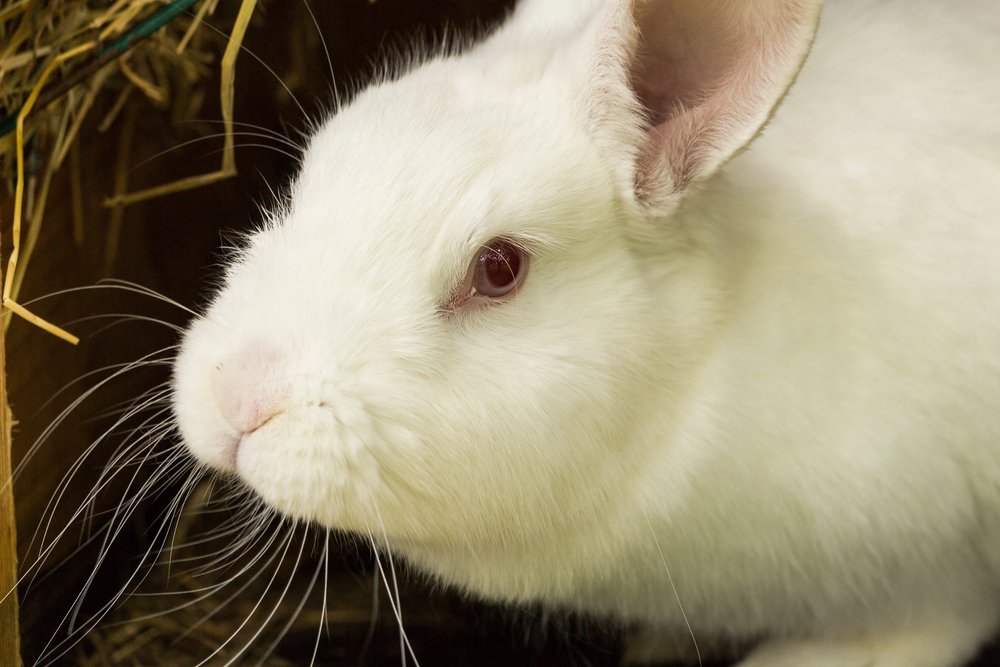
Albinism, a well-known genetic mutation, results in a complete or partial lack of melanin, the pigment responsible for coloration in animals. This mutation gives rise to animals with strikingly pale appearances, often with pink or red eyes. While albino animals have a unique appearance, their lack of pigmentation can make them more vulnerable to predators and sun-related damage.
Leucism: A Splash of White
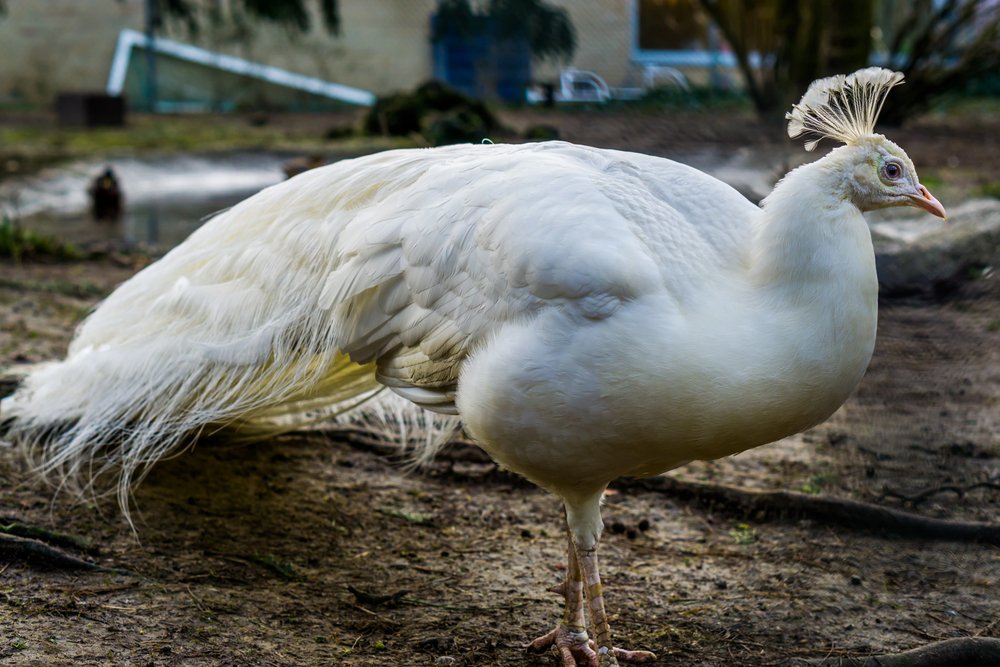
Leucism is another pigment-related mutation that, unlike albinism, doesn’t affect the color of the eyes. Animals with leucism may show patches of white on their bodies, resulting from the partial loss of pigmentation. Unlike albinos, leucistic animals retain some degree of coloration, giving them a unique and sometimes piebald appearance.
Polydactyly: The Many-Toed Phenomenon
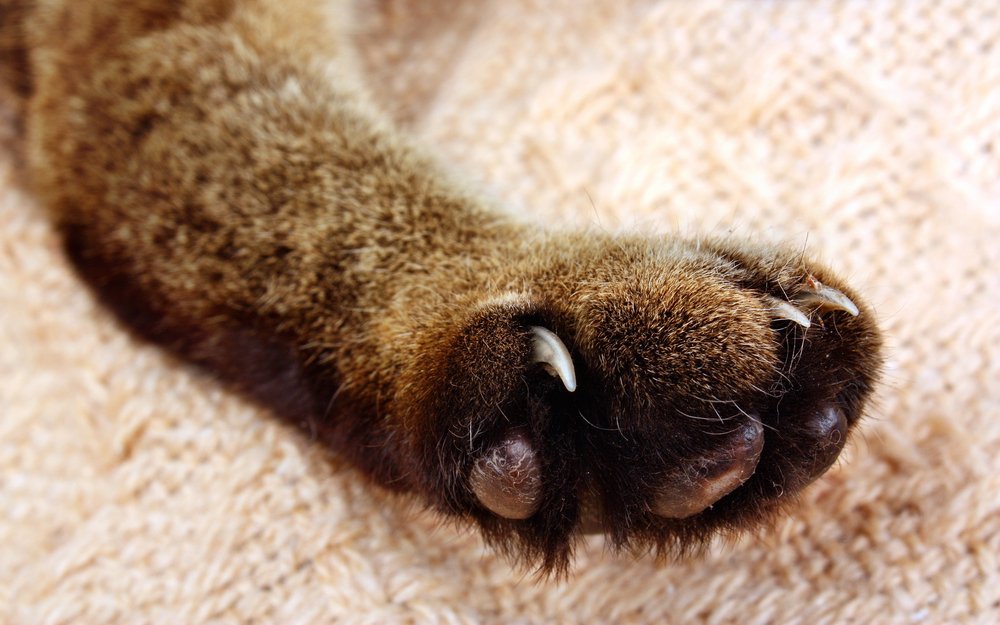
Polydactyly is a condition where animals have more fingers or toes than usual due to a genetic mutation. This mutation is observed across various species, including cats, and even in some primates. While it might seem like a disadvantage, in certain environments, extra digits can help in climbing, hunting, and other tasks.
Melanism: The Shadowy Mutation
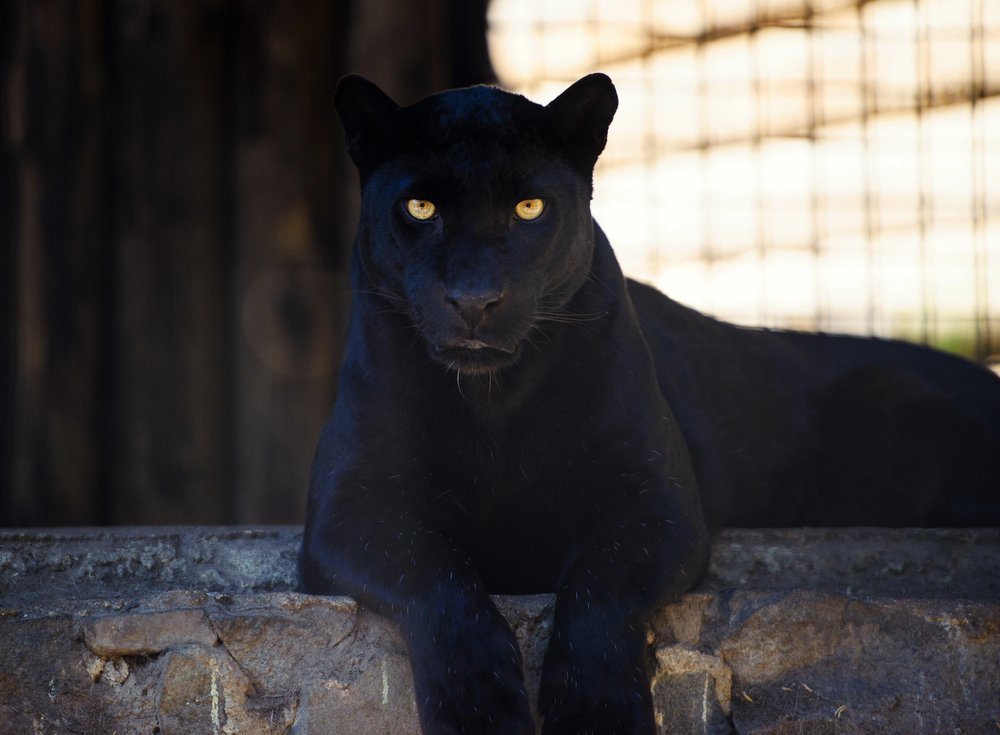
Melanism is the opposite of albinism and results in an overproduction of melanin, leading to an animal’s darkened appearance. This mutation can sometimes provide camouflage benefits, aiding species such as black panthers in sneaking up on prey under the cover of night. Melanistic animals also have fascinating genetic and evolutionary stories to tell.
Supernumerary Nipples: An Extra Pair

The occurrence of additional nipples, known as polythelia, can be an intriguing genetic oddity in mammals. Although it might not present any known survival advantage, this mutation is a compelling example of the variability in genetic expression across nature.
Heterochromia: Eyes of Many Colors

Heterochromia is a genetic condition resulting in animals having two different colored eyes. This captivating trait occurs due to variations in melanin concentration in each eye, and while it is more common in dogs and cats, it can also be seen in horses and other animals. Despite its striking appearance, heterochromia typically does not affect an animal’s vision.
Winged Cats: The Myth and Reality

The phenomenon of ‘winged cats’ has intrigued people for centuries, though it is more myth than mutation. Some cats appear to have wings due to a rare genetic mutation leading to loose skin or matted fur formations, which can resemble wings. Although not a true mutation, it serves as a reminder of how mutations are often misunderstood.
The Role of Mutations in Evolution
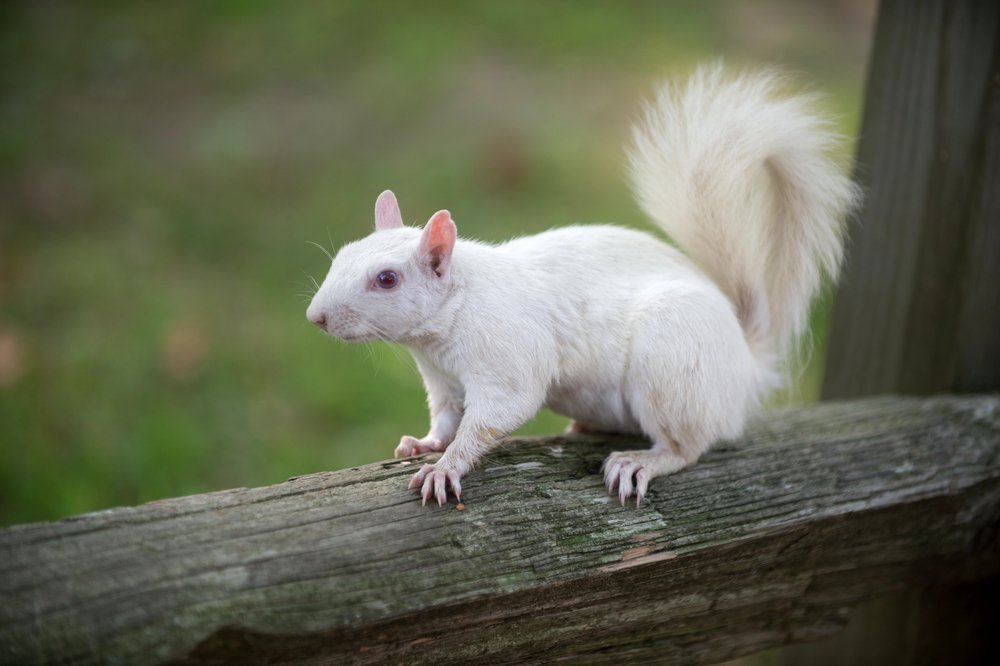
Genetic mutations play a crucial role in the evolution and diversity of life on Earth. While some mutations result in extraordinary traits that capture our imagination, they also provide essential insights into the adaptability and resilience of species. By studying these mutations, scientists can uncover the mysteries of evolution, better understand genetic disorders, and explore the vast potential for biodiversity in the animal kingdom.

Esther is from India; the heartbeat of South Asia, holding a Master’s degree in Zoology and a postgraduate diploma in Animal Welfare. Her enthusiasm for animal welfare drives her passion and dedication to working for animals, ensuring their well-being, and advocating for their rights. With a solid academic background and hands-on experience, she is committed to making a positive impact in the field of animal welfare. In her free time, she enjoys embroidery and sewing. As a Chennaite from Tamil Nadu, Esther loves Bharathanatyam, an Indian classical dance form.



